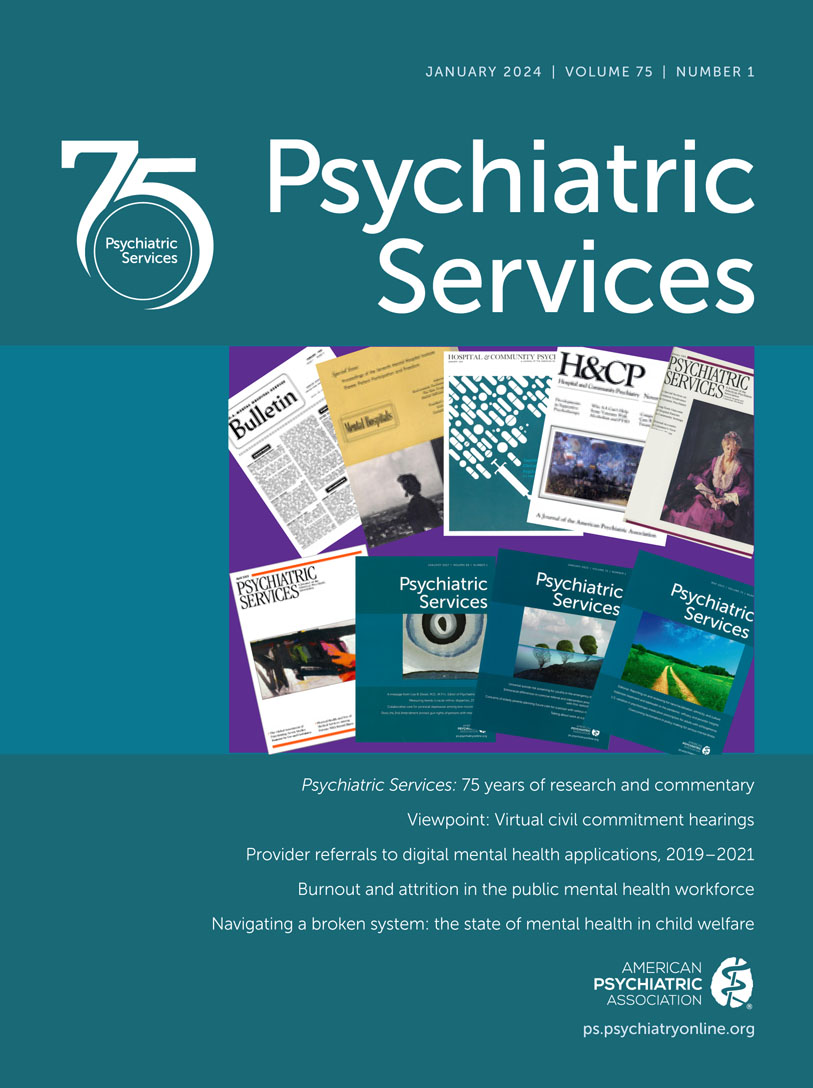Abstract
Objective:
The authors aimed to analyze psychiatrists’ and other physicians’ acceptance of insurance and the associations between insurance acceptance and specific physician- and practice-level characteristics.
Methods:
Using the restricted version of the National Ambulatory Medical Care Survey, January 2007–December 2016, the authors analyzed acceptance of private insurance, public insurance, and any insurance among psychiatrists compared with nonpsychiatrist physicians. Because data were considered restricted, all analyses were conducted at federal Research Data Center facilities.
Results:
The unweighted sample included an average of 4,725 physicians per 2-year time grouping between 2007 and 2016, with an average of 7% being psychiatrists. Nonpsychiatrists participated in all insurance networks at higher rates than did psychiatrists, and the acceptance gap was wider for public (Medicare and Medicaid) than private (noncapitated and capitated) insurance. Among psychiatrists, those practicing in metropolitan statistical areas and those in solo practices were significantly less likely than their peers in other locations and treatment settings to accept private, public, or any insurance. These findings were also observed among nonpsychiatrists, although to a lesser extent.
Conclusions:
In addition to general policy interventions to improve insurance network adequacy for psychiatric care, additional measures or incentives to promote insurance network participation should be considered for psychiatrists in solo practices and those in metropolitan areas.
Access content
To read the fulltext, please use one of the options below to sign in or purchase access.- Personal login
- Institutional Login
- Sign in via OpenAthens
- Register for access
-
Please login/register if you wish to pair your device and check access availability.
Not a subscriber?
PsychiatryOnline subscription options offer access to the DSM-5 library, books, journals, CME, and patient resources. This all-in-one virtual library provides psychiatrists and mental health professionals with key resources for diagnosis, treatment, research, and professional development.
Need more help? PsychiatryOnline Customer Service may be reached by emailing [email protected] or by calling 800-368-5777 (in the U.S.) or 703-907-7322 (outside the U.S.).



